This fall is leaving us all in a lurch. Whether it is distance learning or deciding to homeschool, there is a definite learning curve. While I do not have all of the answers, I do have some tips and tricks and some items I will recommend to make it go as smoothly as possible!
*You can click on the images to purchase. They are Amazon Affiliate links that cost no extra for you but do provide me with a small commission! I am not sponsored by any of the products or companies mentioned.
First, have a family meeting. This is a great opportunity to have a conversation about what the format is going to be and problem solve with your kids (even if they are very young) about what the ground rules are, expectations, and rewards! This helps create buy-in and make sure everyone is on the same page!
Create a routine. It is helpful to have a consistent routine and rhythm to your days. There are some great ways to display this and what works for your family may take some trial and error…
Being organized also helps - set up a workspace that is clear and has minimal distractions. Here are some of my favorite tools to stay organized and inspire learning…
Be sure to check out this post on the benefits of a vertical surface!
3. Manipulatives! This is how young kids learn the best- by touching and feeling! I LOVE these magnetic letters from The Typeset Co. We make our schedule with these letters, make up stories, work on sight words… The options are endless!
4. Use a timer! A visual timer helps kids immensely! I love these Time Timers to show time elapse. The animals are a fun visual for kids who are learning their numbers still! Sand timers are also great because they come in different increments of time.
5. Play games! There are so many fun math games you can play with just a deck of cards. Some of our other favorite games that sneak in letters and math are linked below!
6. Glue guns! One of our most used tools this summer has been a low-heat glue gun! My kids are obsessed and spend hours gluing recycled materials together to let their imagination go! This is great for infusing some STEAM learning into your days!
7. Writing notebooks. Hands-down, my favorite handwriting curriculum is Handwriting Without Tears. I’m particularly loving their new “Building Writers” notebook. The exercises are short yet use repetition to build motor memory. I also love having lined notebooks on hand to inspire free-writing, dictation, and a “yes” space for creative writing! Anything goes- no pressure- a space for kids to build positive experiences with writing.
8. Shaving Cream! And of course, as an OT, I am always seeking ways to have kiddos practice writing in tactile materials. That helps the brain create strong neural networks for motor memory and builds tactile processing and kinesthetic awareness. Shaving cream is a fun way to practice writing, math problems, spelling words, sight words.. you name it! Here are some fun trays that use different materials too…
These letter beads are super fun to practice fine motor skills AND words. Hide them in play dough or Theraputty and you have a great fine motor warm up before writing! It builds hand strength, the pincer grasp and webspace that we use for writing and is a novel way to incorporate letters into your child’s day! Speaking of play dough..
I consider play dough to be a “must-have” item for kids of all ages- not just preschool and kinder! It is great for older kids as well to practice writing math problems or spelling words- remember- the brain will build stronger neural networks this way!!
9. Writing Prompts. Another great way to get kids writing is using these fun dice to provide some writing prompts. You can also fill a jar with strips of paper that have writing prompts typed out for them to choose. Sticker Stories are also so fun- kids can place stickers on their paper and then use the stickers to prompt a story.
10. And speaking of writing- ensuring your kiddos are using the proper grip is essential. Why? When kids are able to use a mature grip on a writing instrument, it is more efficient, reduces fatigue, increases legibility, and builds their self confidence to write even more! Golf pencils are what I recommend for little developing hands preschool-2nd grade! After 2nd grade, kids should have the correct grip, hand strength, and motor memory developed to use standard pencils. Artist pencils are also very smooth and can help children with dysgraphia write more fluidly. This is a great option for kiddos who get frustrated with their writing or are very slow and laborious in their letter formation. Likewise, gel pens can be very beneficial as children get older, begin more intense note taking and begin to explore cursive writing.
I could go on and on with my favorite tools that not only facilitate learning but also make it fun. Please reach out if you have a particular challenge with your child as it relates to writing or sensory processing as you begin this adventure of learning at home. Oftentimes, the tips and tricks we have as OTs can be that missing link of the puzzle that leads to an “aha moment” for you and your child.
Do you have any favorite tools I didn’t list here? Leave a comment and let us all know!

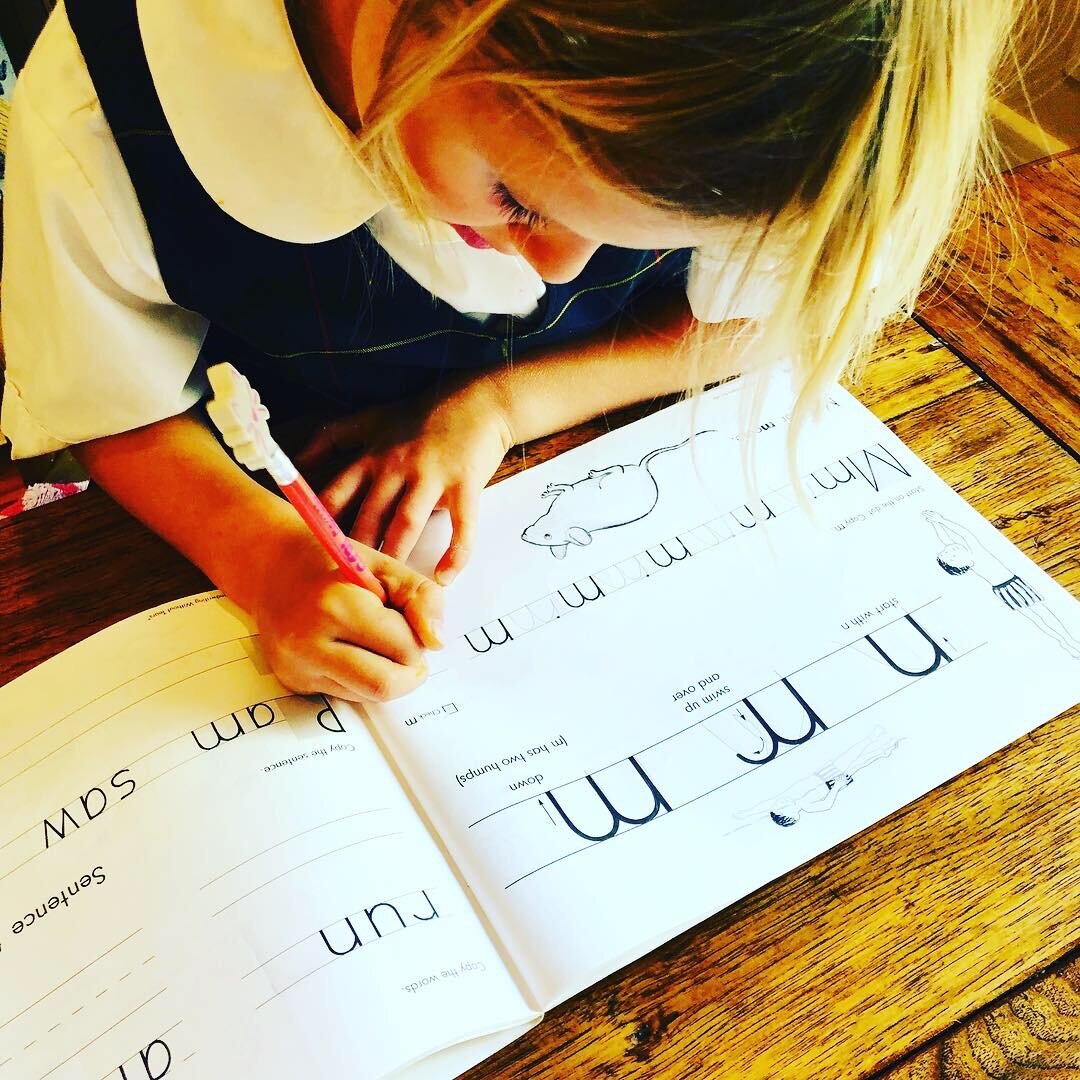

























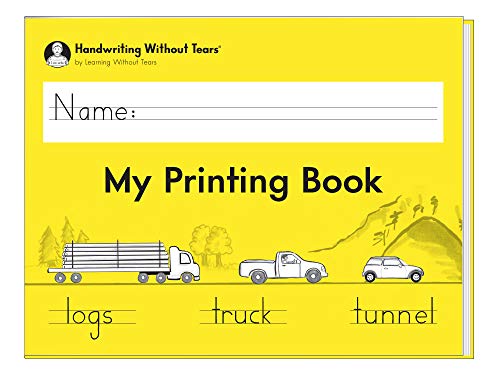

















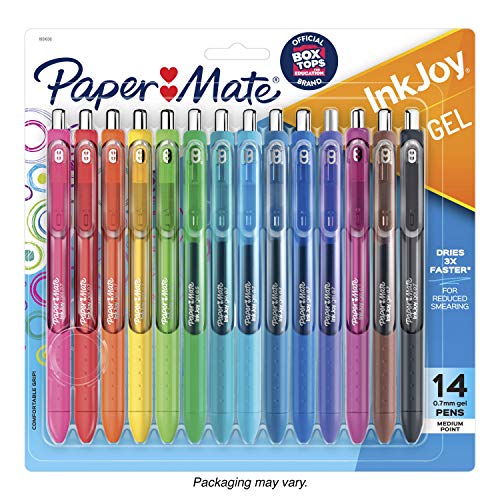

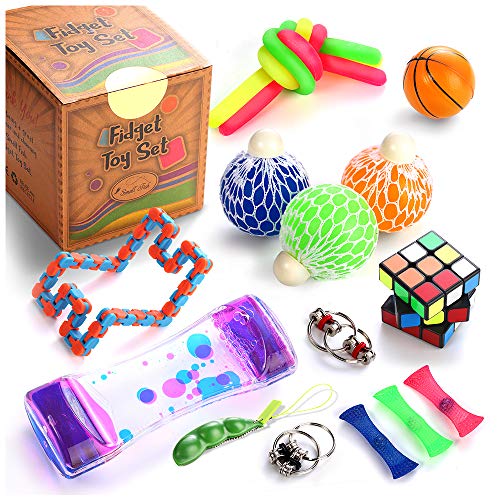












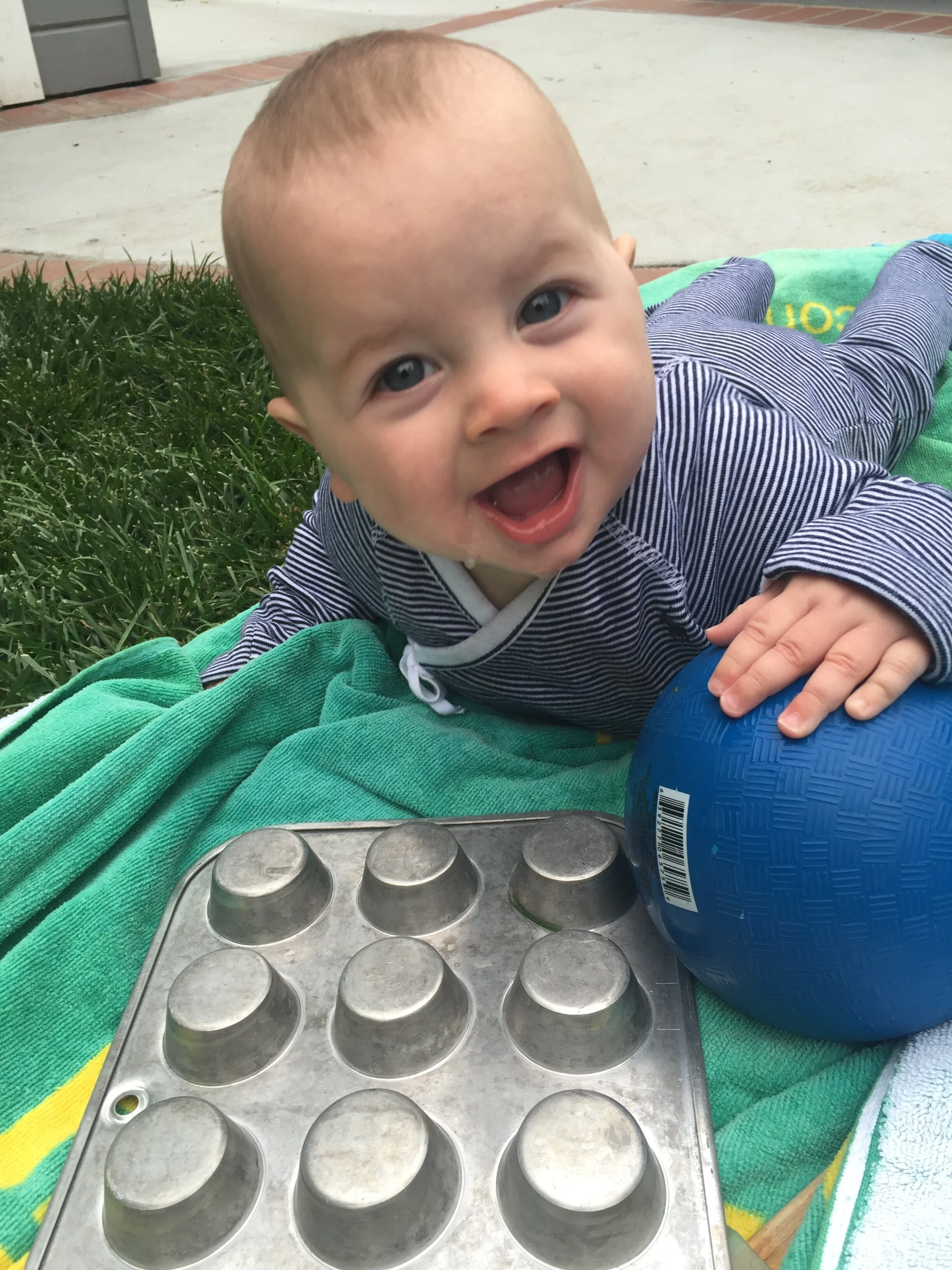
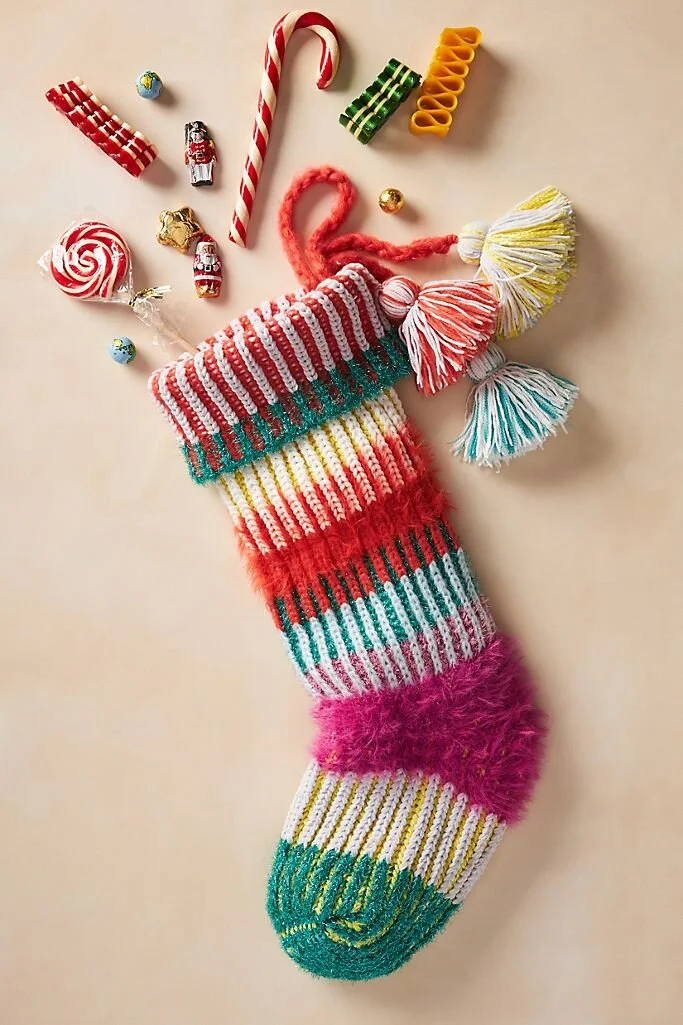
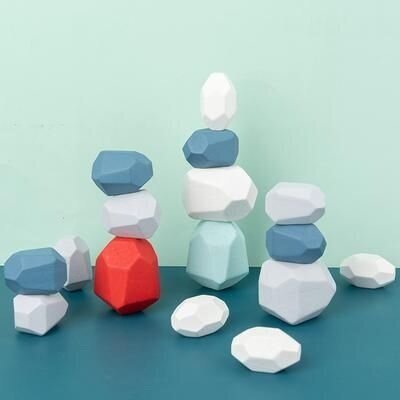
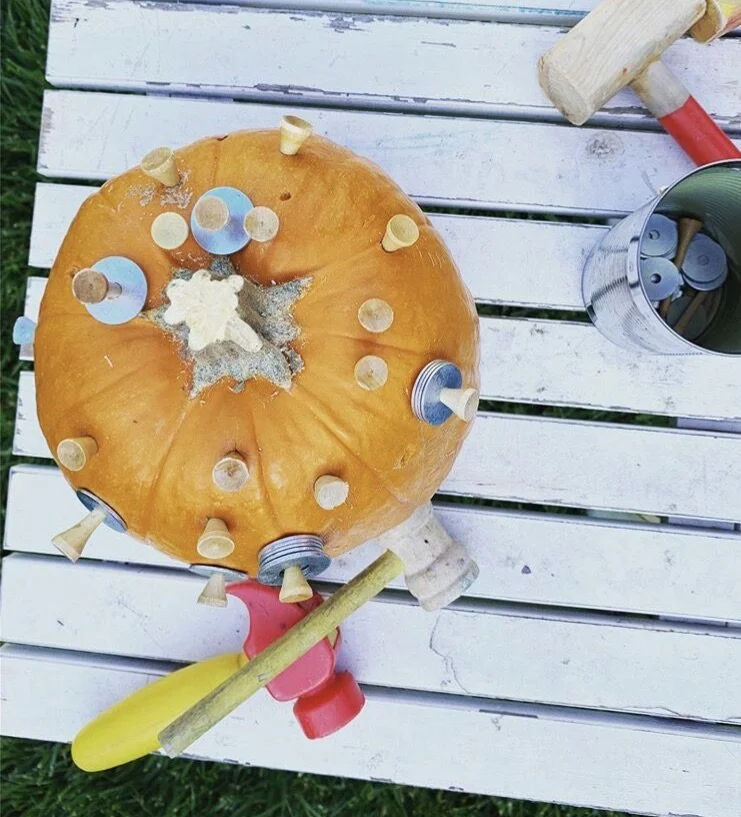






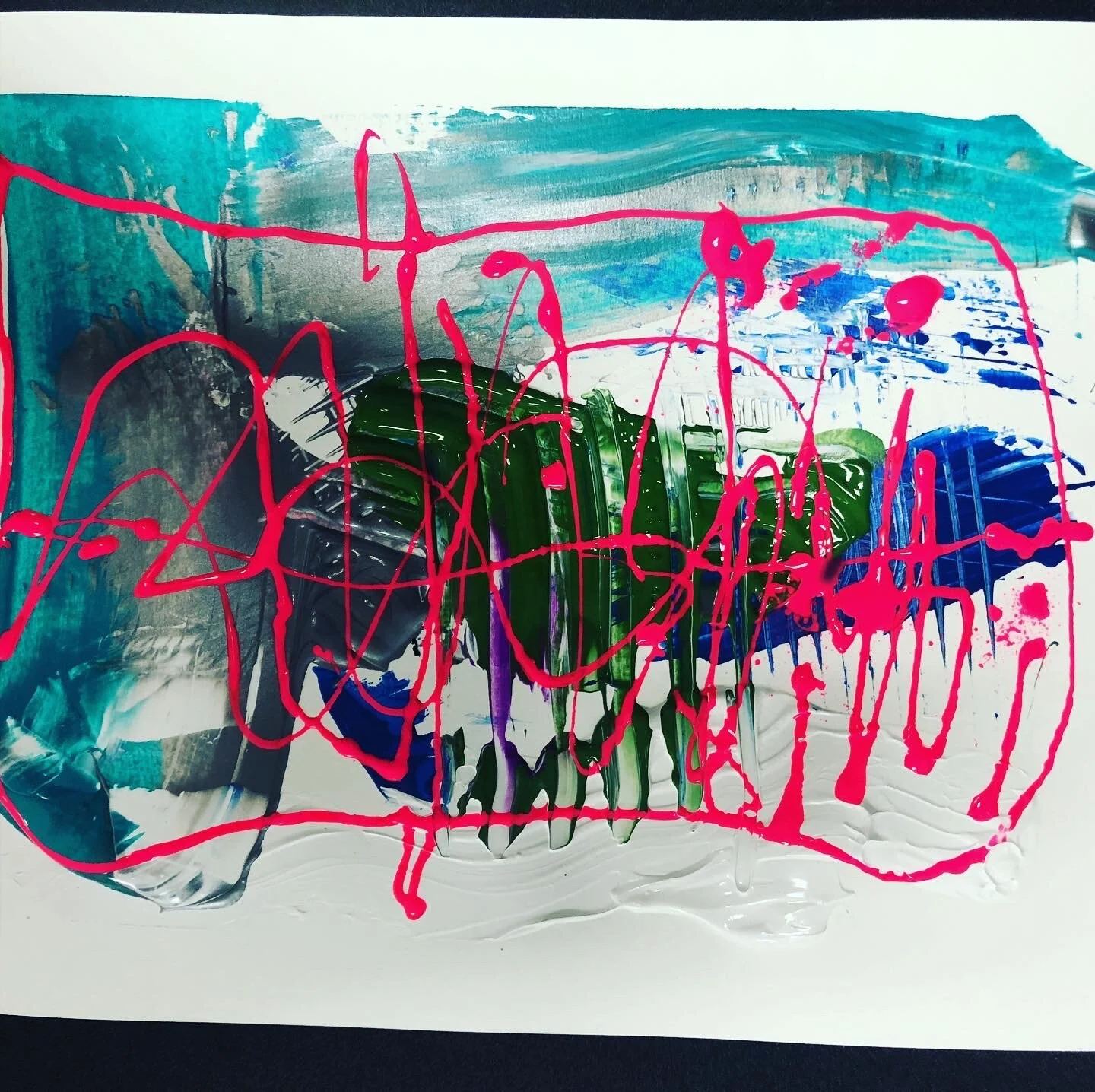
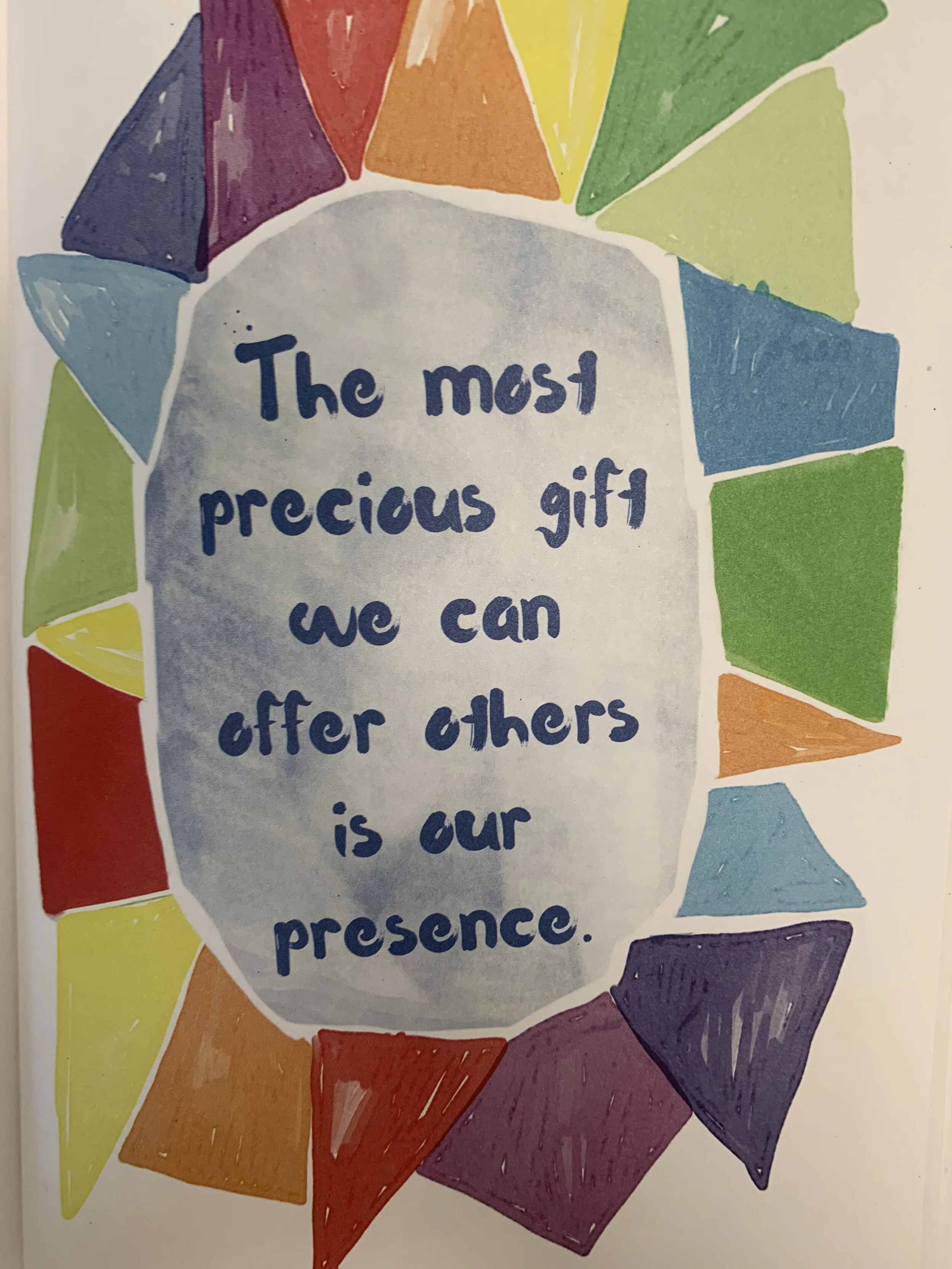
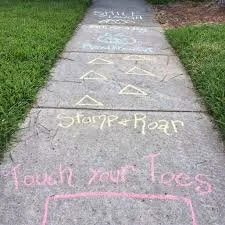
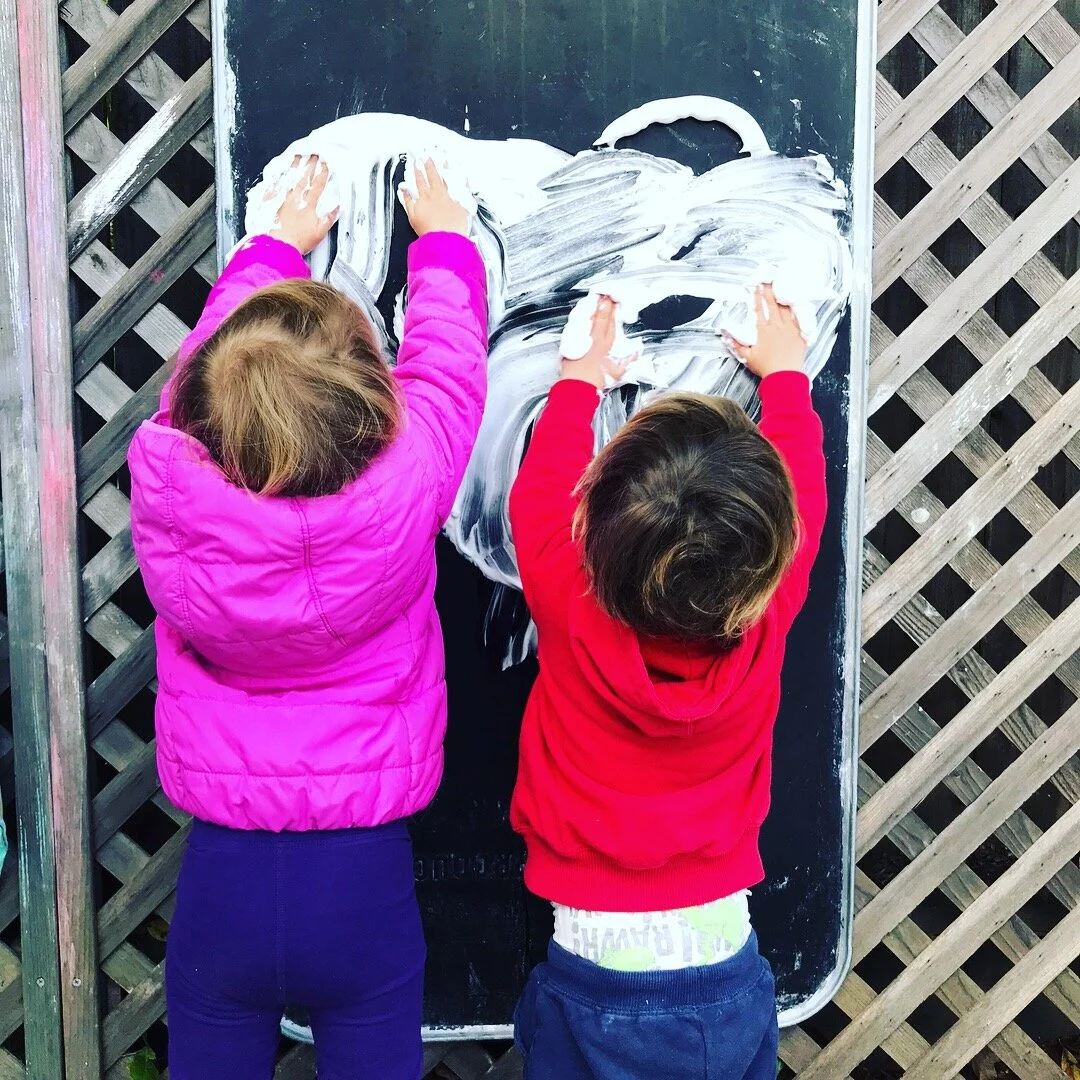

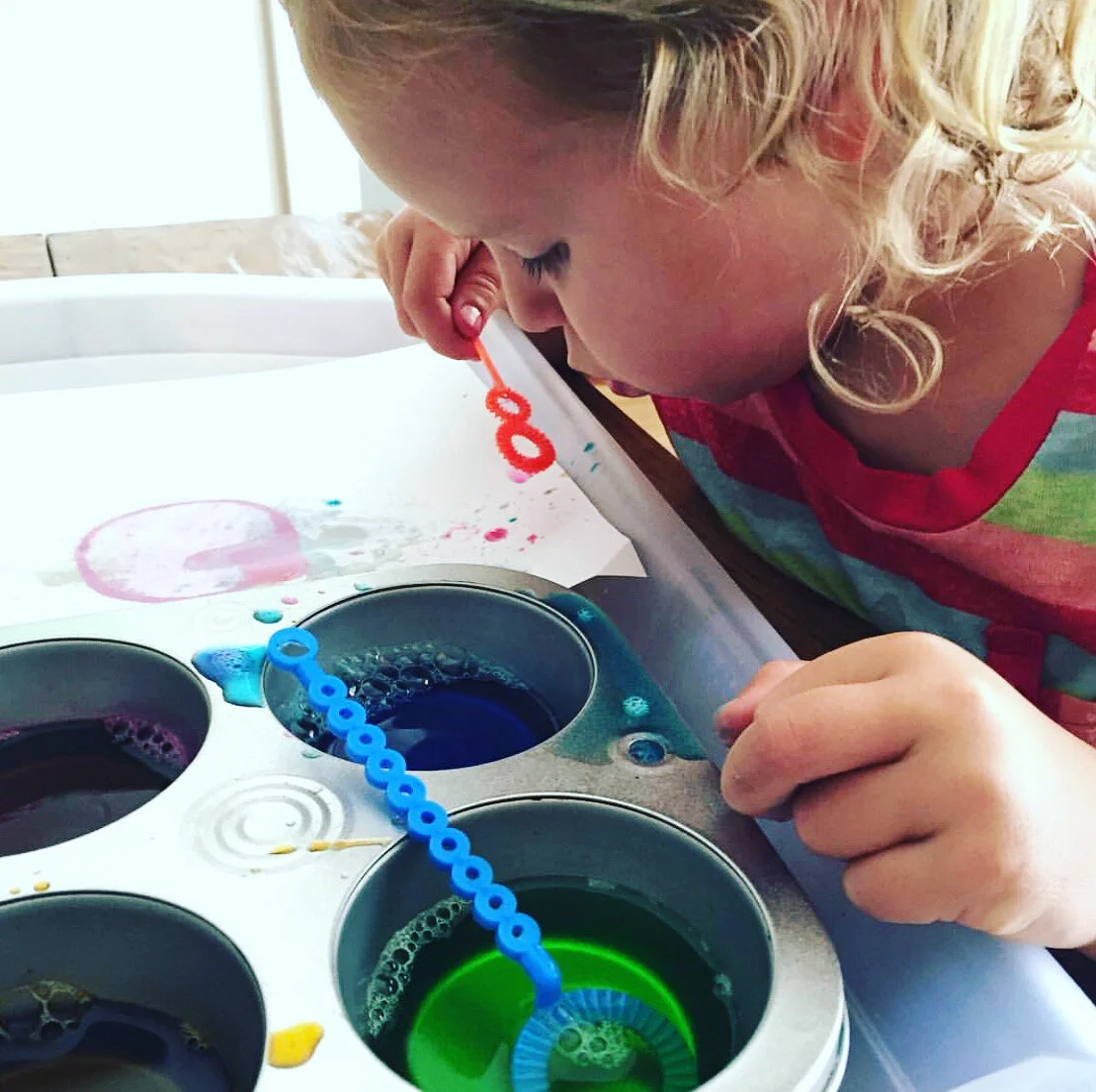


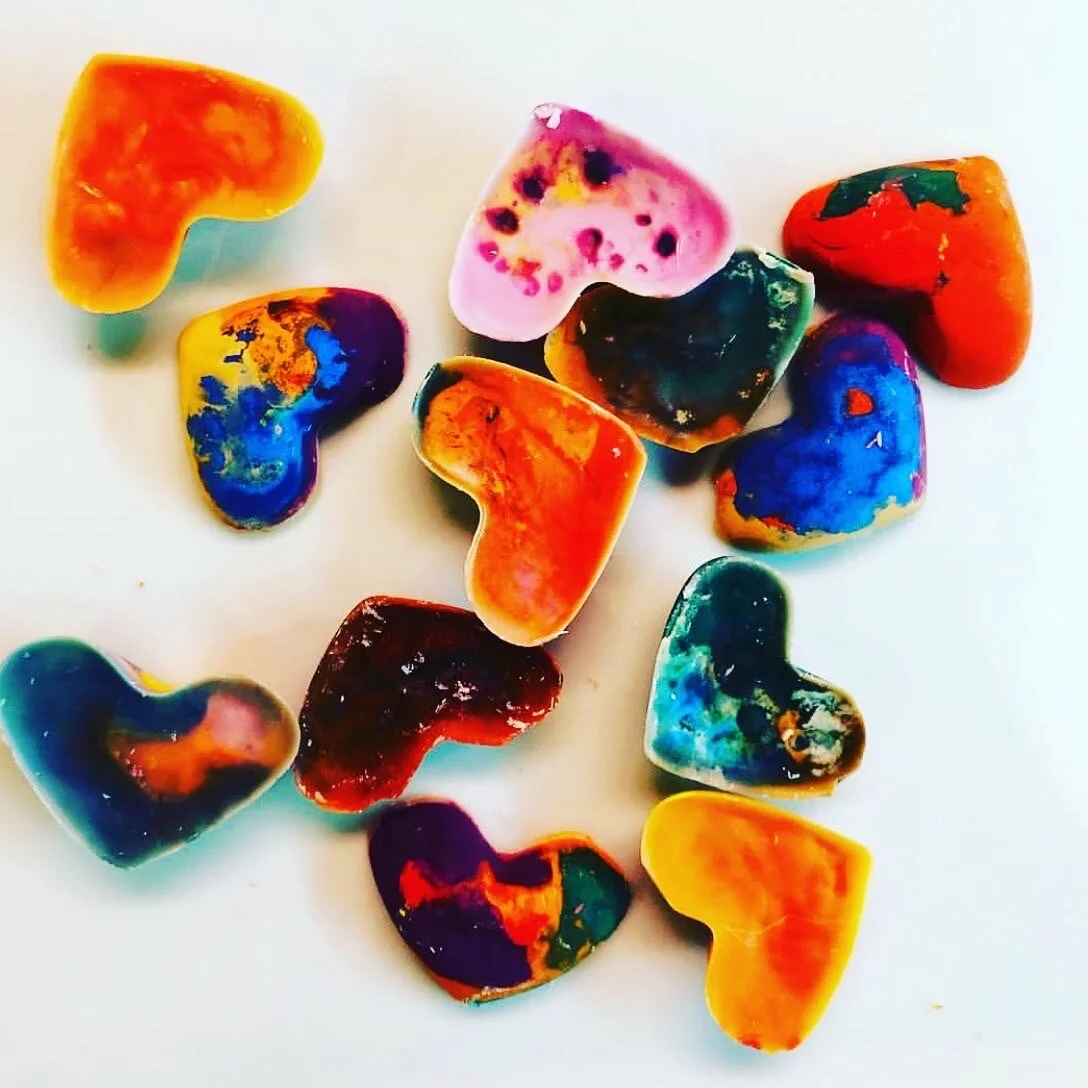
Check out some tips for helping your child with their pencil grasp.